Trending Now
Sunday, Nov, 2024
Home / UGC Released Guidelines to Translate Textbooks into Indian Languages
UGC Released Guidelines to Translate Textbooks into Indian Languages
The Commission for Scientific and Technical Terminology (CSTT) has developed subject-specific glossaries to help in the translation process. Regional language translation can also be facilitated through Grantha Academies, language departments of universities, and institutes.
 by Pragti Sharma /
by Pragti Sharma /  17 Jul 2023 02:50 AM IST /
17 Jul 2023 02:50 AM IST /  0 Comment(s) / 373
0 Comment(s) / 373

The University Grants Commission (UGC) has released guidelines for translating books into Indian languages in higher educational institutions (HEIs). The aim is to ensure consistency, maintain quality, and promote effective translation of textbooks at both national and regional levels.
The UGC suggests that translated texts should be simple and retain the original meaning, avoiding long sentences with multiple clauses. HEIs are encouraged to use the 'ANUVADINI' AI translation tool developed by the All India Council for Technical Education (AICTE), which supports text translation, speech-to-text typing, and editing.
The Commission for Scientific and Technical Terminology (CSTT) has developed subject-specific glossaries to help in the translation process. Regional language translation can also be facilitated through Grantha Academies, language departments of universities, and institutes.
When dealing with complex technical terms, the UGC recommends presenting them in English within brackets after their Indian language equivalents. If no Indian language equivalent exists, English words can be translated into the target language script as substitutes. Furthermore, the UGC emphasizes the significance of promoting a pan-Indian common core vocabulary across all Indian languages to facilitate translation and comprehension.
UGC has advised HEIs to prioritize commonly used words within specific domains. While word-to-word translations are not mandatory, the translated texts should effectively convey the complete meaning and concepts from the original text. Connotative meanings with positive and negative dimensions should be avoided, as well as features absent in the source language.
If the translation tool generates a word-to-word sequence, it is necessary to rephrase the text partially or entirely for a more meaningful translation. Thorough editing is essential, involving careful reading of both the original and translated documents.
It is worth noting that these guidelines also apply to the original writing of textbooks in Indian languages. The UGC emphasizes that the guidelines are subject to change as needed.
EShort / February 16, 2024
IMS Noida Admissions 2024: Apply for UG, PG programmes

EShort / February 16, 2024
GATE 2024: Response sheet out

EShort / February 16, 2024
BSSTET 2023: Admit card released

EShort / February 16, 2024
NID DAT 2024: Prelims result released
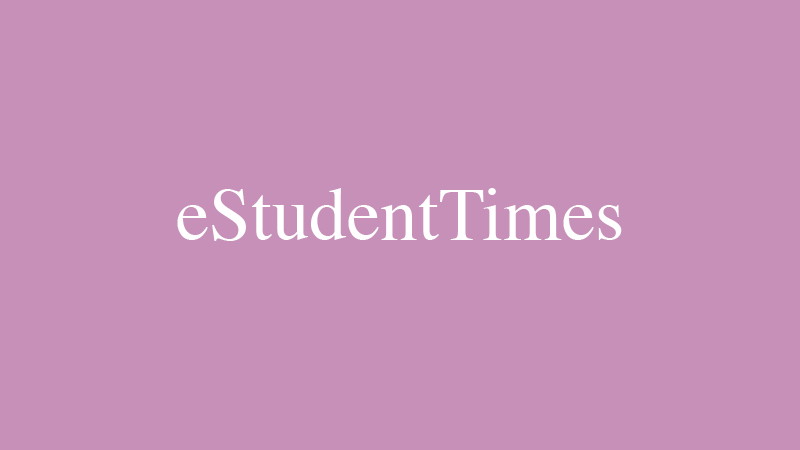
EShort / February 16, 2024
IIT JAM 2024: Response sheet released

Jobs / February 16, 2024
UPSC Recruitment Drive 2024: Apply for 120 vacancies in various departments

EShort / February 14, 2024
UPSC CSE 2024: Official Notification issued; application process begins

Editor's Desk / April 17, 2020
How Does Society Impact Our Education?

Current Affairs / April 22, 2020
Mr. Sudarsanam Babu appointed to U.S. Science Board.
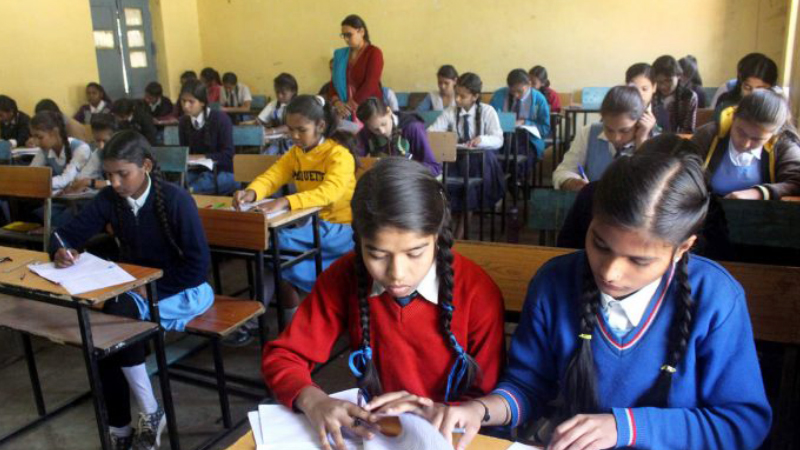
Reforms / April 17, 2020
Traditional Structure of Education In India
.jpg)
Events & Seminars / April 17, 2020
PISA!!
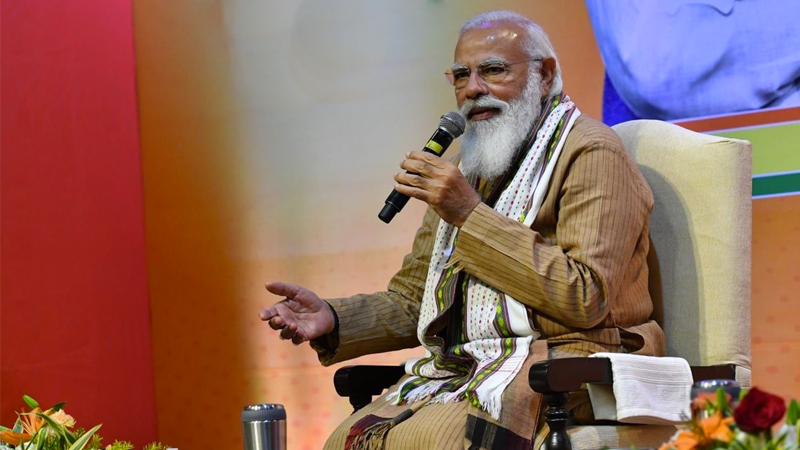
Blog / February 26, 2021
Government's Action On #ModiRojgaarDo

EShort / May 19, 2022
CUET PG 2025 has started the registration process.

Notice Board on Important Dates / April 21, 2020
World Heritage Day

News / July 08, 2021
JEE Mains Registration For Session 3: Last Date To Apply

EShort / December 14, 2021
UPSC Declared Final Result For DCIO Recruitment



 Program 2024 for Financially Disadvantaged Students-02.png)

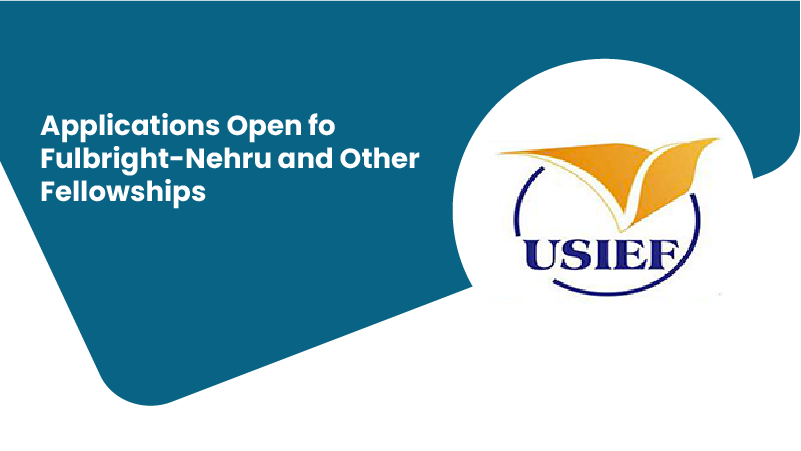
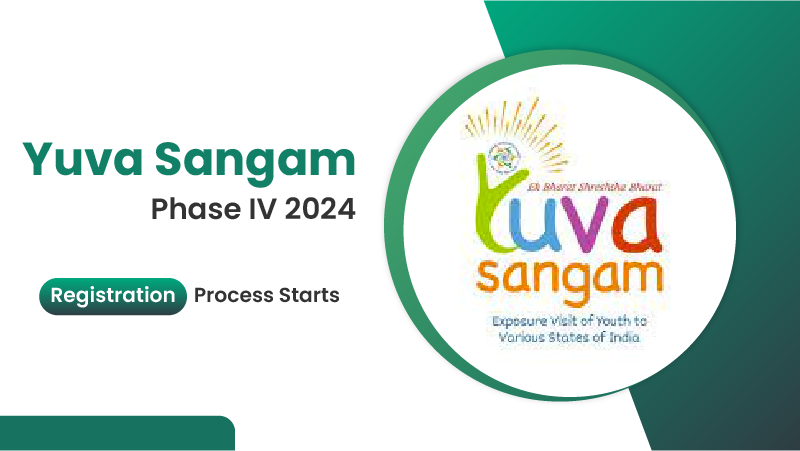





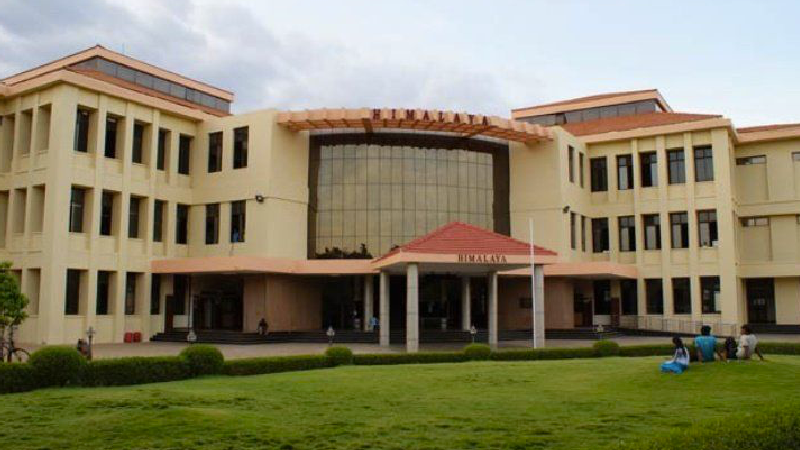
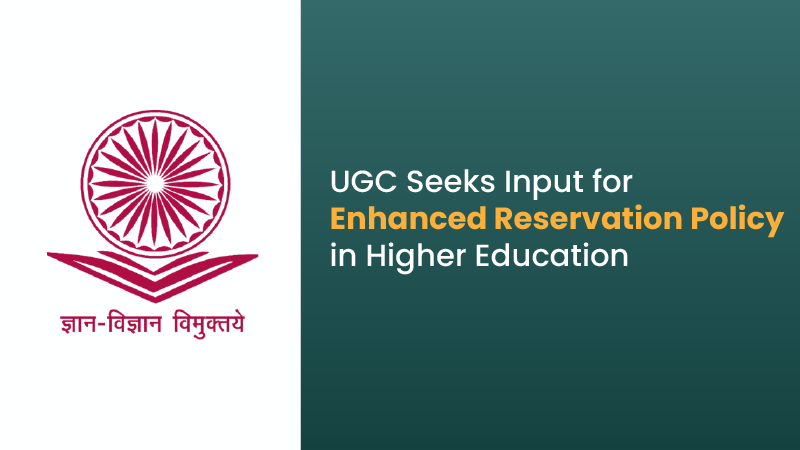

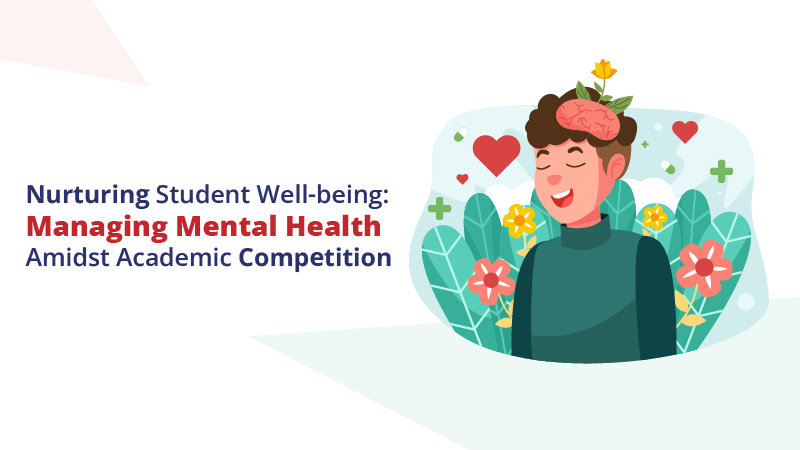
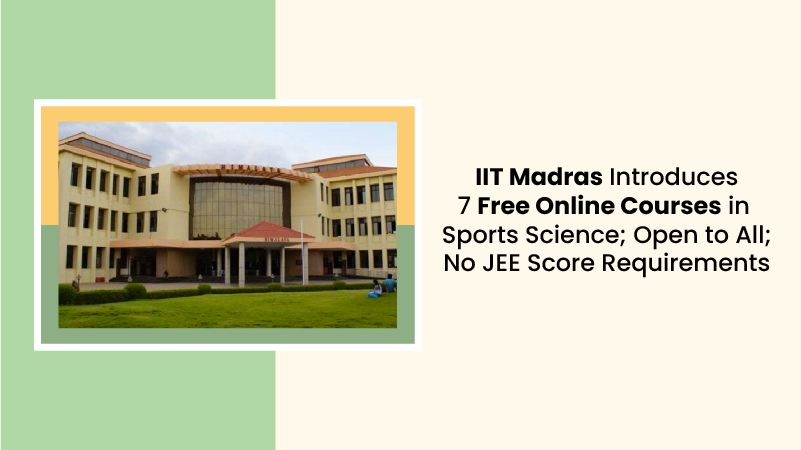
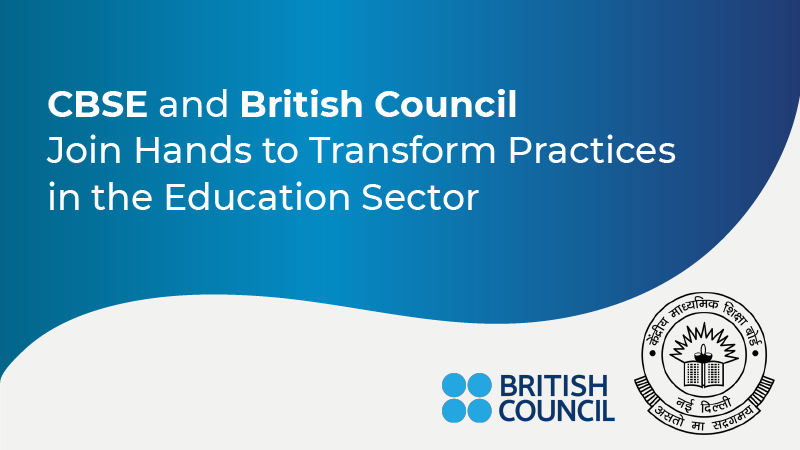

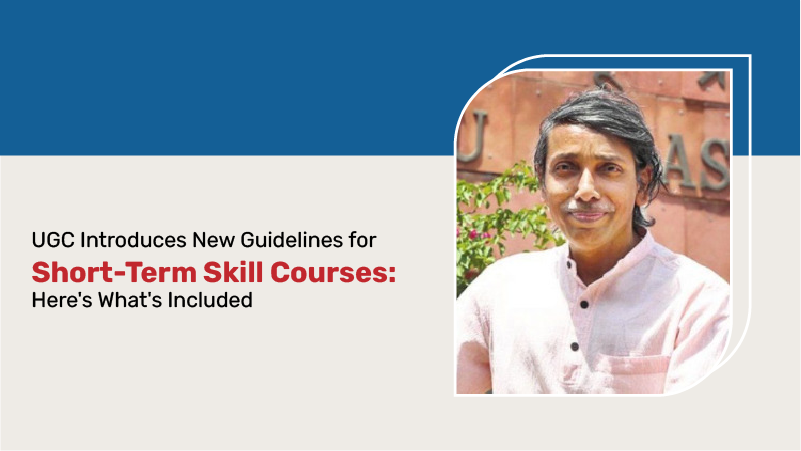
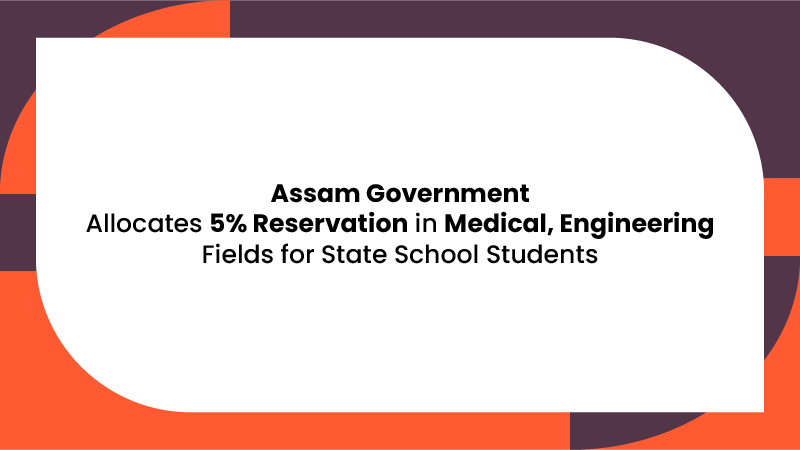


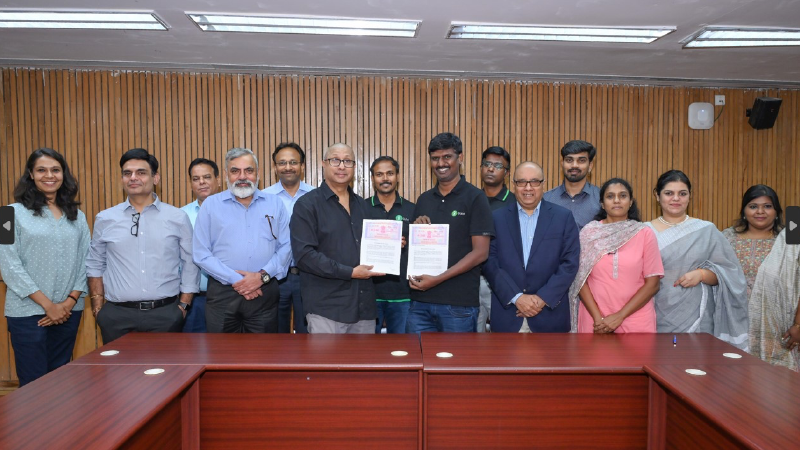
0 Comments
Post Comments